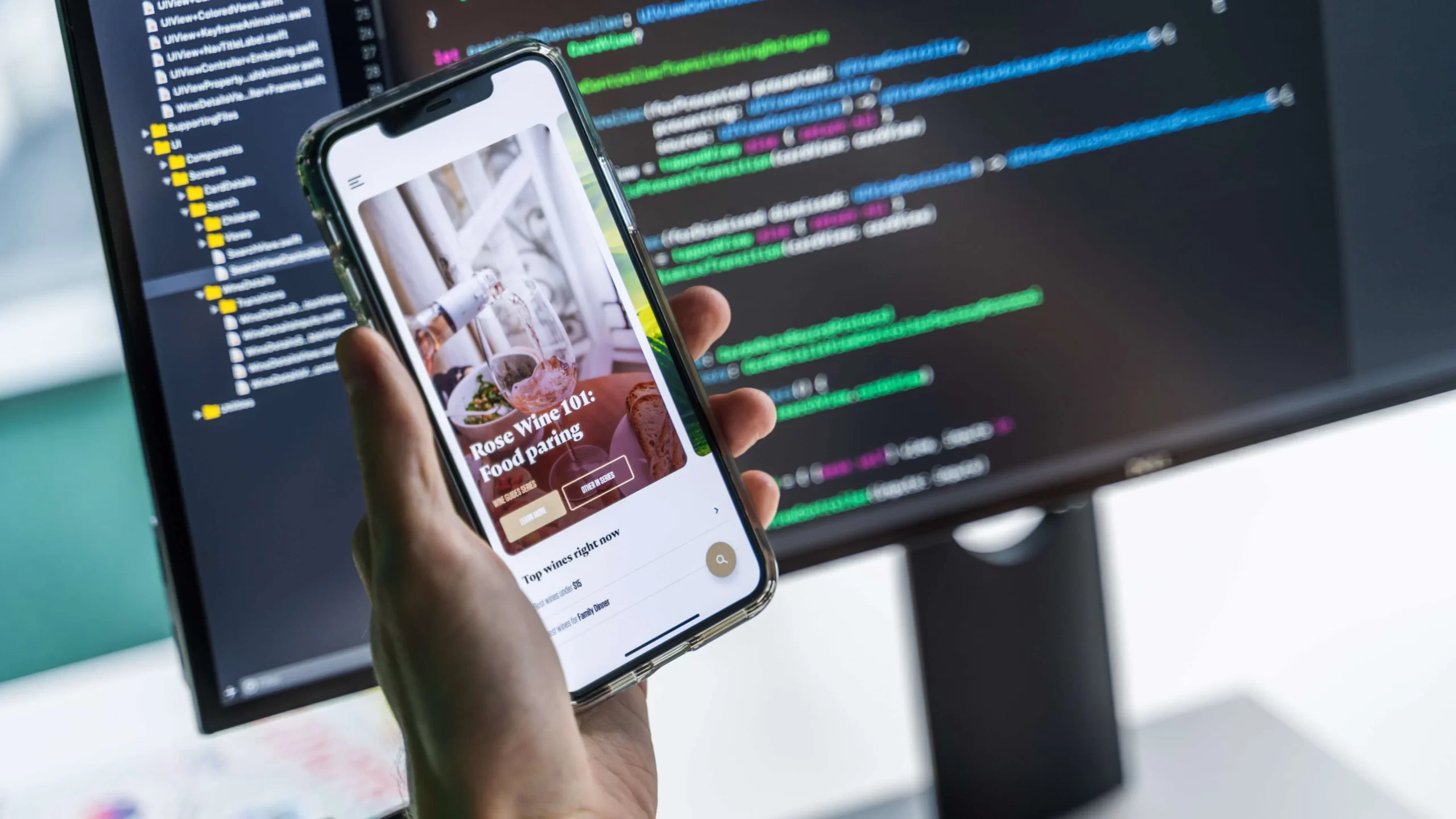The Native Revolution: Redefining the App Landscape with Unmatched Speed and Functionality
Discover the impact of Native app development and how it transforms the mobile landscape. Explore the benefits, techniques, and future trends of building Native apps.
What is native App?
These applications are developed using the platform’s default solutions, developers have full and easier access to the device’s capabilities; like all the device’s sensors, the user’s address book, and whatever the latest and greatest new bit of technology the phone offers.

FAQ
Native app development refers to the process of creating mobile applications using platform-specific programming languages and tools. Unlike hybrid or web-based approaches, Native apps are built specifically for a particular platform (e.g., iOS or Android) and can leverage native features and capabilities, resulting in better performance, seamless user experience, and access to device-specific functionalities.
Choosing Native app development over hybrid or web-based options offers several advantages. Native apps provide superior performance, as they are optimized for the specific platform they are built on. They offer a richer and more immersive user experience, with smoother animations and interactions. Native apps also have access to platform-specific features, such as camera, GPS, and push notifications, allowing for more robust functionality. Additionally, Native apps can take advantage of the latest updates and innovations offered by the platform, ensuring compatibility and staying ahead in terms of features and security.
Commonly used programming languages for Native app development include Swift and Objective-C for iOS development and Java or Kotlin for Android development. Frameworks like React Native, Xamarin, and Flutter are popular for building Native apps that can be deployed on multiple platforms using a single codebase.
Designing intuitive and visually appealing user interfaces for Native apps involves following platform-specific design guidelines, such as Apple’s Human Interface Guidelines for iOS and Material Design guidelines for Android. Utilizing UI components provided by the platform, employing consistent branding and visual elements, and prioritizing user-friendly navigation and interaction patterns all contribute to designing intuitive and visually appealing user interfaces for Native apps.
Performance optimization techniques for Native apps include efficient memory management, minimizing network requests, optimizing image assets, using background processing when appropriate, and implementing proper caching mechanisms. Utilizing platform-specific performance profiling tools and conducting regular performance testing can help identify and resolve any bottlenecks or performance issues in Native apps.